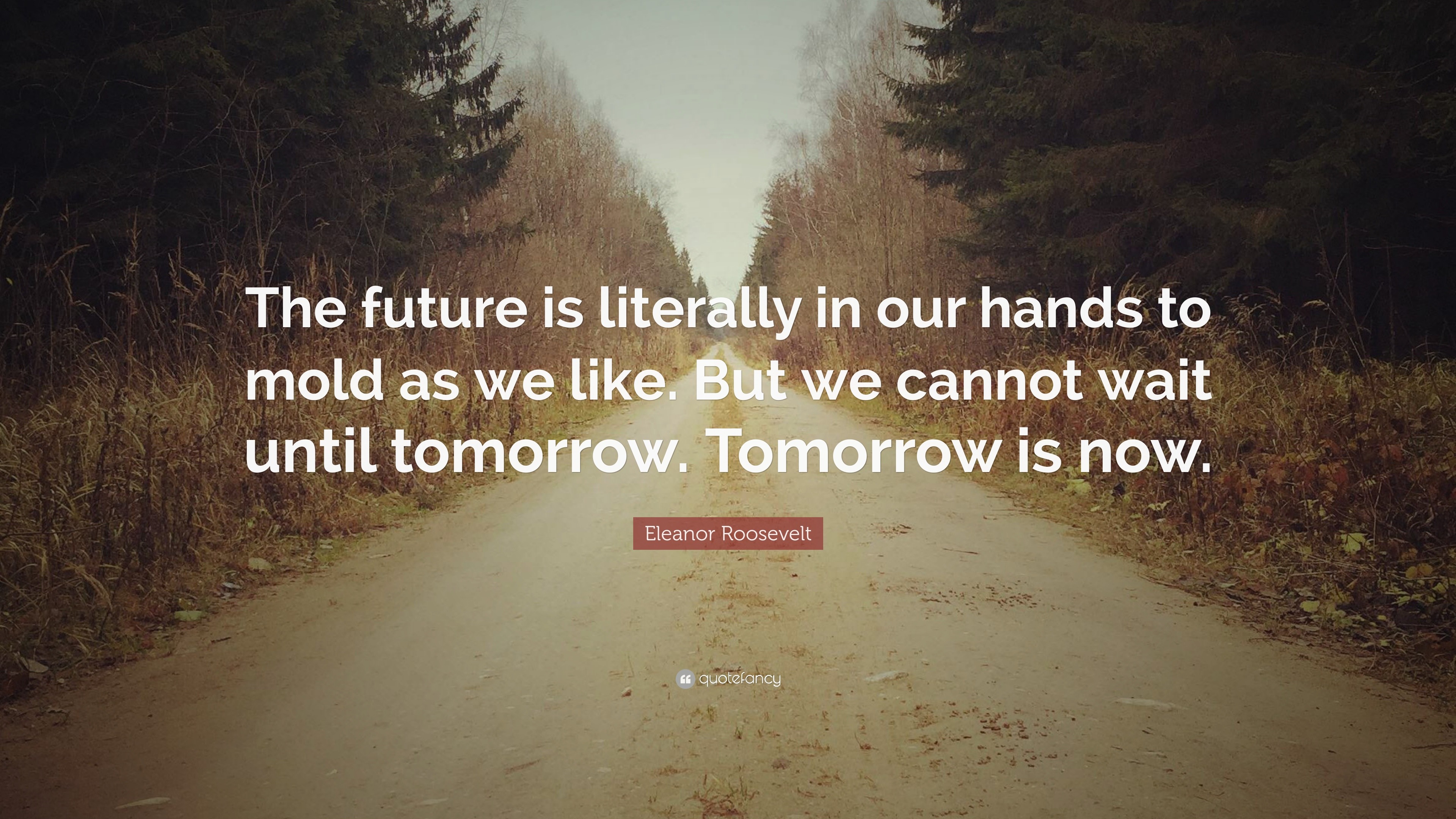Should small businesses be worried about the future? Is uncertainty and worry to become a part of some “new normal”? Or will courage and planning and achievement be what dictates the future? Small business owners and entrepreneurs have always chosen and displayed the latter. In some newly released data from the National Federation of Independent Businesses, it seems that there is, indeed, worry and concern over the future as small business owners must battle everything from new consumer habits, to supply issues, to incompetent politicians. The following is take directly from that latest report:
- The NFIB Small Business Optimism Index increased slightly in December to 98.9, up 0.5 points from November. Twenty-two percent of small business owners reported that inflation was their single most important problem encountered in operating their business. Price raising activities has reached levels not seen since the early 1980’s when prices were rising at double digit rates.
- “Small businesses unfortunately saw a disappointing December jobs report, with staffing issues continuing to impact their ability to be fully productive,” said NFIB Chief Economist Bill Dunkelberg. “Inflation is at the highest level since the 1980’s and is having an overwhelming impact on owners’ ability to manage their businesses.”
- According to NFIB’s monthly jobs report, a net 48% (seasonally adjusted) of owners reported raising compensation, up four points from November and a 48-year record high reading. A net 32% plan to raise compensation in the next three months. Thirteen percent cited labor costs as their top business problem, up three points and a 48-year record high reading and 25% said that labor quality was their top business problem.
- The net percent of owners reporting inventory change increased four points to a net 7%. Thirty-six percent of owners report that supply chain disruptions have had a significant impact on their business. Another 30% report a moderate impact and 21% report a mild impact. Only 11% report no impact from recent supply chain disruptions.
- Price hikes were the most frequent in wholesale (85% higher, 0% lower), construction (74% higher, 5% lower), and retail (70% higher, 7% lower). Seasonally adjusted, a net 49% plan price hikes (down five points).
- Among the owners reporting lower profits, 29% blamed the rise in the cost of materials, 22% blamed weaker sales, 17% cited labor costs, 10% cited the usual seasonal change, 8% cited lower prices, and 4% cited higher taxes or regulatory costs. For owners reporting higher profits, 63% credited sales volumes, 11% cited usual seasonal change, and 15% cited higher prices.
- Forty-nine percent (seasonally adjusted) of all owners reported job openings they could not fill in the current period, up 1 point from November. The number of unfilled job openings remains far above the 48-year historical average of 23 percent. Thirty-nine percent have openings for skilled workers (down 2 points) and 22 percent have openings for unskilled labor (unchanged).
- Twenty-two percent report inflation as the single most important problem operating their business, a 20-point increase from the beginning of 2021 and the highest level since Q4 1981.
- Owners expecting better business conditions over the next six months increased three points to a net negative 35%. Owners remain pessimistic about future economic conditions as this indicator has declined 23 points over the past six months. Forty-nine percent of owners reported job openings that could not be filled, an increase of one point from November.
-Written by Kevin Sawyer



